There is nothing exactly like flying the friendly skies. The experience is exhilarating for some and terrifying for others. It may have something to do with the fact that we, as human beings, don’t seem to belong in the skies, but modern technology has made it possible.
Whether you would like to become a pilot for recreational purposes or become a pilot as a career path there are multiple ways to accomplish the goal; however, becoming a licensed pilot is a complex task. It is worth it for people who truly love to fly, but the process can be rather complicated.
Recreational Pilots
For personal piloting license the first step is to be cleared to become a pilot through medical exams. Medical exams are necessary to ensure you are in shape to fly a plane or helicopter. Once you are given clearance it is time to find a flight school.
Roughly 50 hours of flight time are required for a personal piloting license. A private instructor must be with the student at all times during these flight hours and the flight hours are logged. Once enough hours have been logged a written test and a practical test are administered much like an automotive driving test. Following certification a person can choose to go for further certifications such as instrument ratings; initial licenses clear pilots for visual flight only.
FAA regulated flight schools are located around the nation and routinely take on new students. A pilot license for recreational or personal use requires a certain number of hours in the air and a passed licensing exam.
Piloting as a Career Path
To become a pilot as a career the process is a bit more complicated; for obvious reasons. Any pilot who is paid to fly others or cargo in an advanced jet must have a commercial license to fly.
All pilot jobs require at least an associate’s degree, but many will require a bachelor’s degree to be accepted to any training program. An emphasis on physics, aviation or aeronautics is preferred, but most science degrees are still considered acceptable.
Once you’ve obtained a bachelor’s degree, or during your coursework find a flight school that offers private instruction. Work towards a private pilots’ license. Schools with FAA regulations and accreditation are preferable. You will need to log 40 to 60 hours of actual flight time to be considered for a license.
All those who would like to fly commercially need an FAA first-class medical clearance. Without this clearance a commercial license cannot be obtained. There are several factors that can make people ineligible for this license, including eyesight. If you’ve received clearance you can begin to work on your commercial license.
The commercial license requires a number of different certification and ratings including multi-engine ratings, instrument ratings, complex aircraft ratings and many more. about 250 hours of flight time are required for a basic commercial license. This includes 100 hours of Pilot in Command hours, 40 flight hours of instrument conditions, and 10 hours of complex aircraft instruction.
Many who wish to fly planes than move onto all of the necessary ratings by working as instructors. Roughly 1000 hours of flight hours are required to become a pilot who flies regional jets. Many use the Air Force and Navy as a gateway to such career paths as flight hours in the Air Force can be credited towards a pilot license.
| Join Us On Twitter: |
|---|
 |
|---|
| Like Us On Facebook: |
|---|
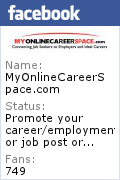 |
|---|


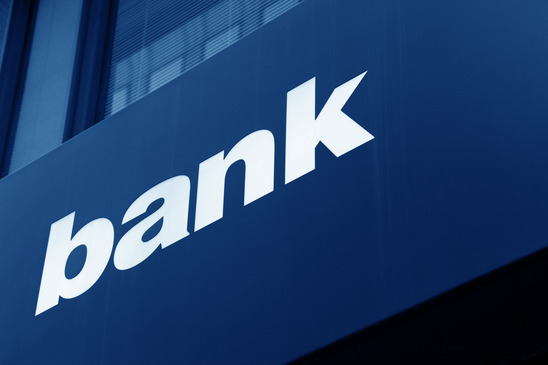
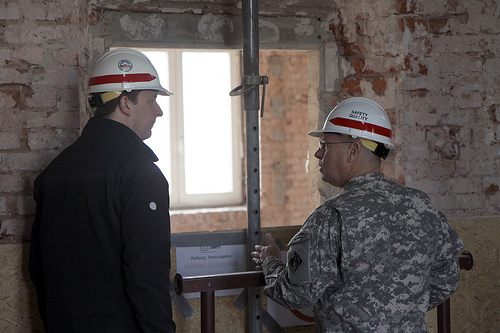
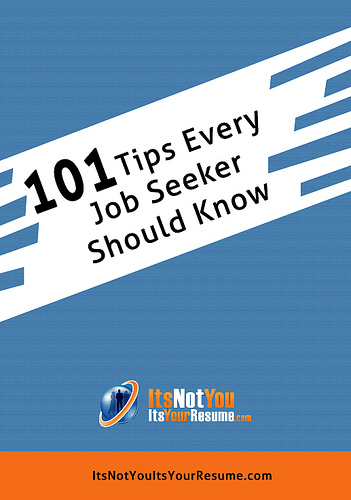



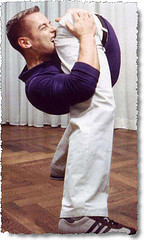
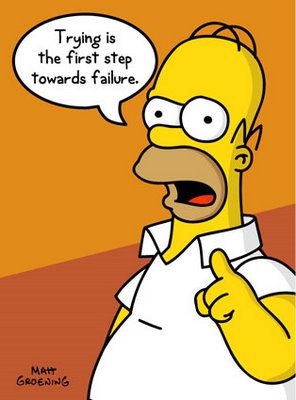

![Higher Learning Leads to Higher Earnings, Especially for Men [InfoGraphic] Higher Learning Leads to Higher Earnings, Especially for Men [InfoGraphic]](../4022/4340939642_374fbff6e3_m.jpg)
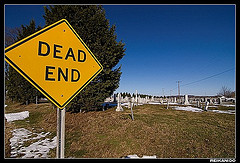
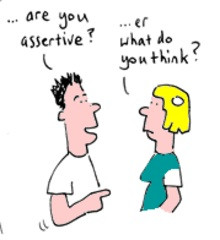




2 Responses to “How To Become a Pilot - Guide”